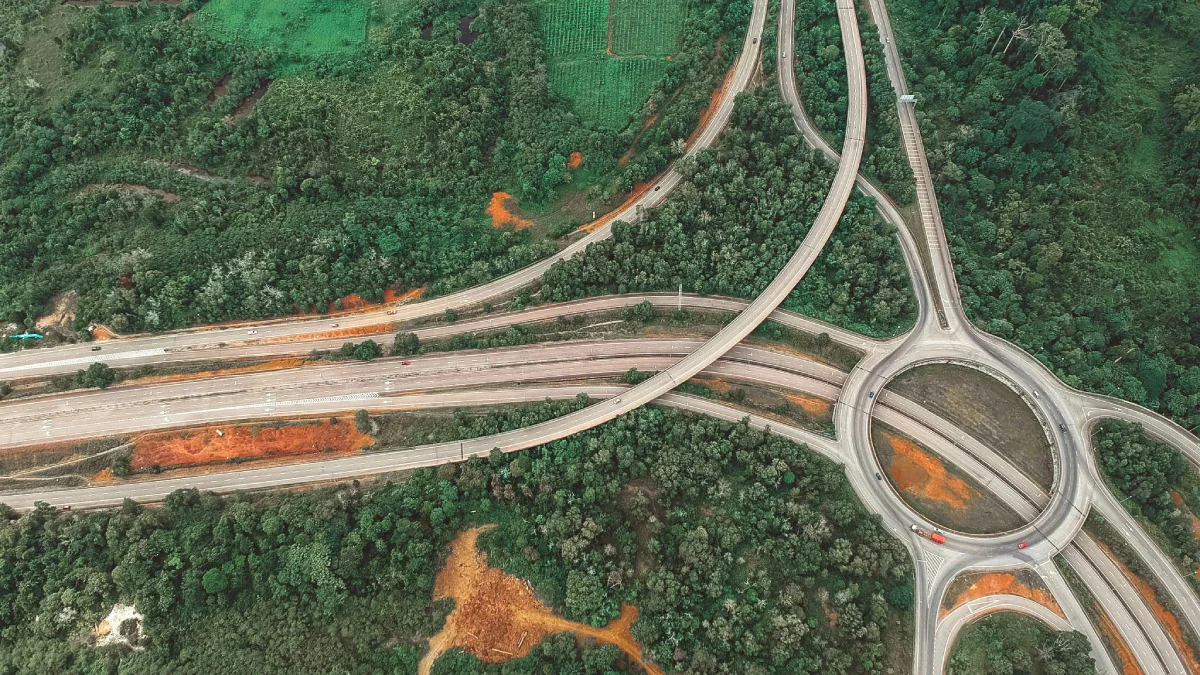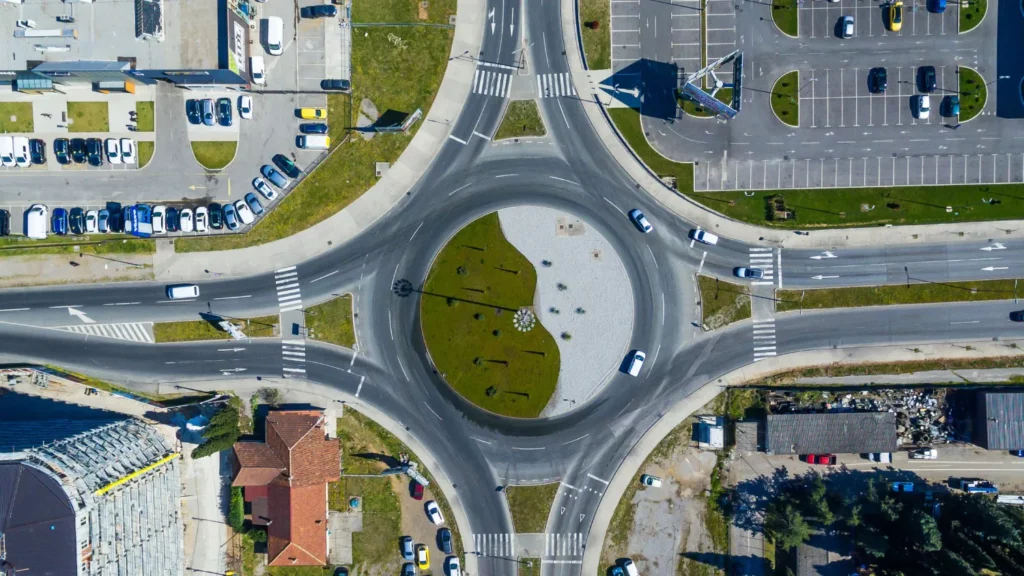

Traffic infrastructure is the backbone of urban transportation, encompassing all the physical and organizational structures, facilities, and systems that facilitate the movement of people and goods in cities. At its core, it includes roads, traffic signals, signage, and public transport networks, all designed to ensure safe and efficient travel.
Traditional traffic infrastructure operates on a set of established principles and designs. Roads are laid out to connect different parts of a city, with varying sizes and capacities—from major highways to local streets—catering to different traffic volumes. Traffic signals and signs regulate the flow of vehicles and pedestrians, aiming to minimize congestion and enhance safety. Public transport networks, such as buses and trains, provide alternatives to personal vehicle use, aiming to reduce overall traffic volume.
The efficiency of traffic infrastructure hinges on careful planning and coordination. Urban planners and traffic engineers analyze travel patterns, population density, and geographic factors to design a network that can effectively handle the expected traffic load. Traffic signals are often timed based on typical traffic flow patterns, with adjustments made for peak and off-peak hours.
However, traditional traffic systems have limitations. They often rely on static designs and are challenged by unexpected conditions like roadworks, accidents, or sudden surges in traffic. This is where intelligent traffic infrastructure comes into play.
Intelligent traffic infrastructure represents a paradigm shift, leveraging advanced technologies to overcome the limitations of traditional systems. It introduces dynamic, responsive elements into the traffic network, using real-time data to adapt to changing conditions. Sensors, AI, and machine learning become key tools in this sophisticated approach to urban mobility.
At the heart of intelligent traffic management are cutting-edge technologies like sensors, artificial intelligence, machine learning, and data analytics. These systems work in tandem to monitor traffic patterns, predict congestion, and dynamically adjust traffic signals to optimize flow. For instance, AI algorithms can predict traffic hotspots and adjust signal timings in real-time to alleviate congestion.
Critical to this technological ecosystem is the collection, processing, and storage of traffic data. Sophisticated sensors gather real-time information, which is then analyzed to make traffic predictions. Ensuring the privacy and security of this data is paramount, with stringent measures in place for data anonymization and protection against breaches.
Intelligent traffic systems have proven their worth in reducing congestion and enhancing traffic flow. Cities like Singapore and Copenhagen have implemented these systems, achieving significant reductions in travel times and improving overall traffic efficiency.
Beyond easing traffic woes, intelligent traffic management plays a crucial role in environmental sustainability. By reducing idling and optimizing routes, these systems lower fuel consumption and decrease greenhouse gas emissions, contributing to a cleaner, greener urban environment.